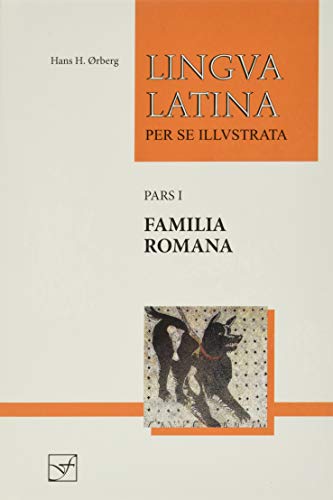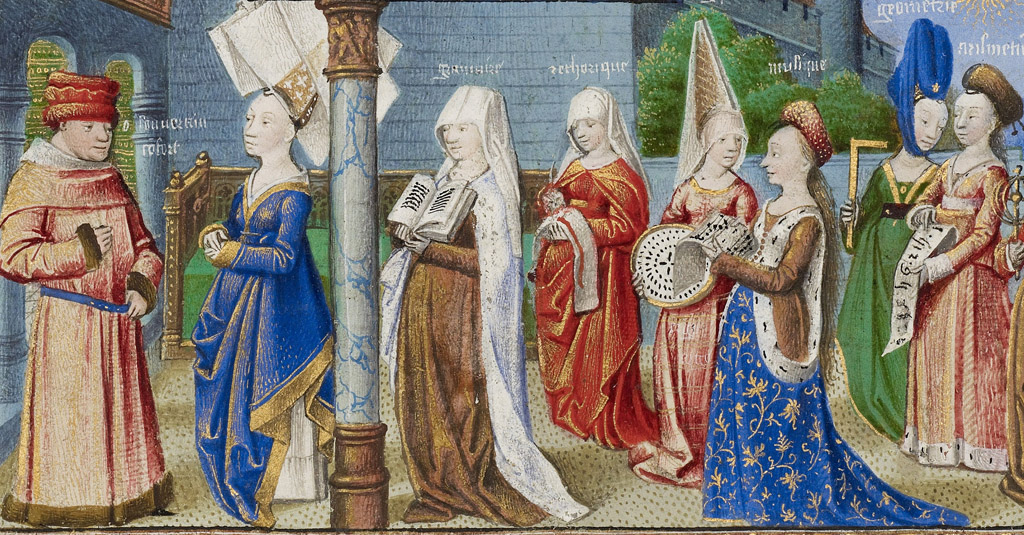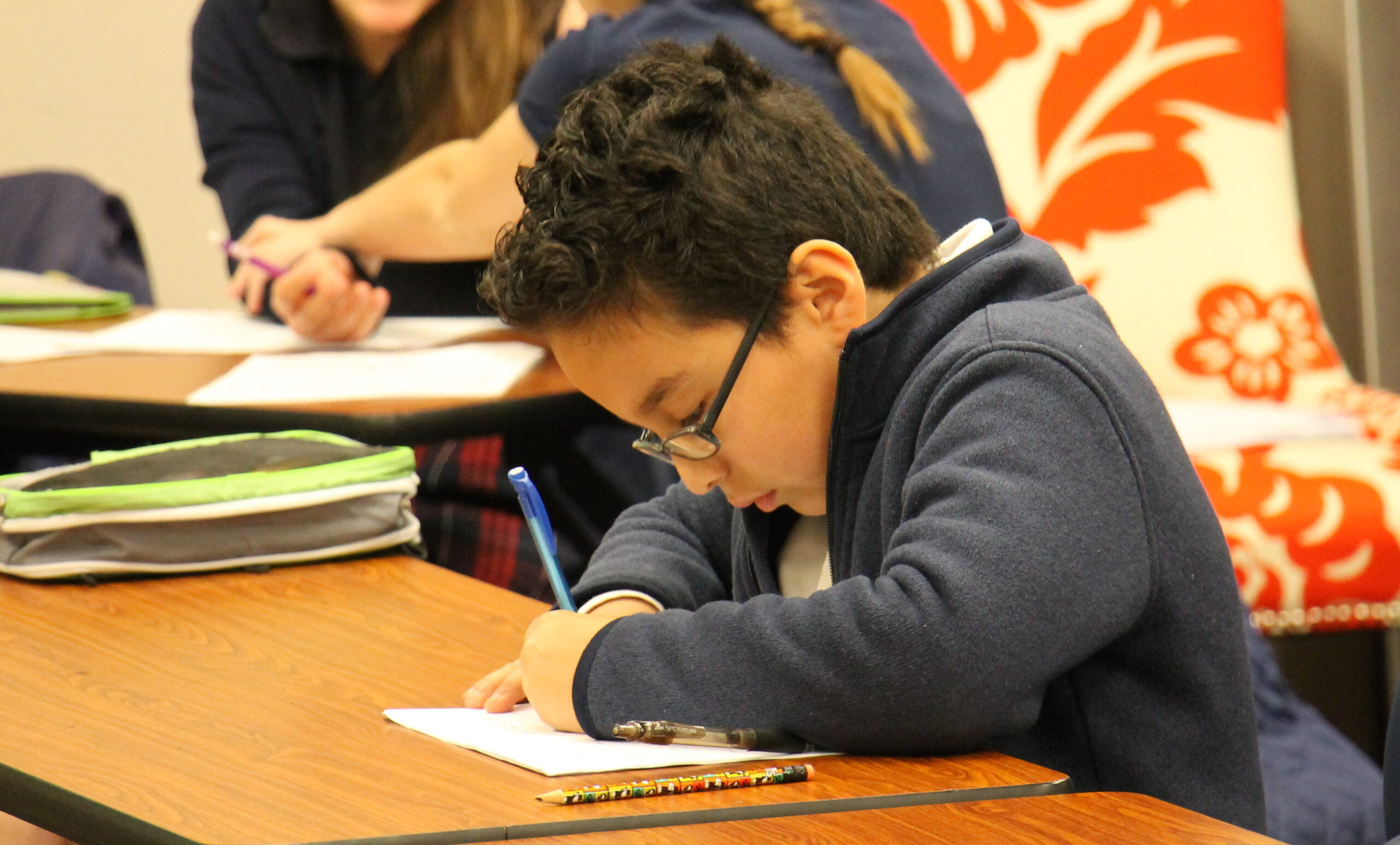
Lingua Latina Per Se Illustrata: Familia Romana (Lingua Latina) is a Latin textbook published by a Danish man, Hans Henning Orberg, first in 1955 and then revised in 1990. The text is designed for fast paced instruction where, like modern foreign language teaching methods, Latin must be spoken as much as possible in class. This approach, therefore, is meant to discipline students to develop the skill of reading and speaking the language quickly.…






